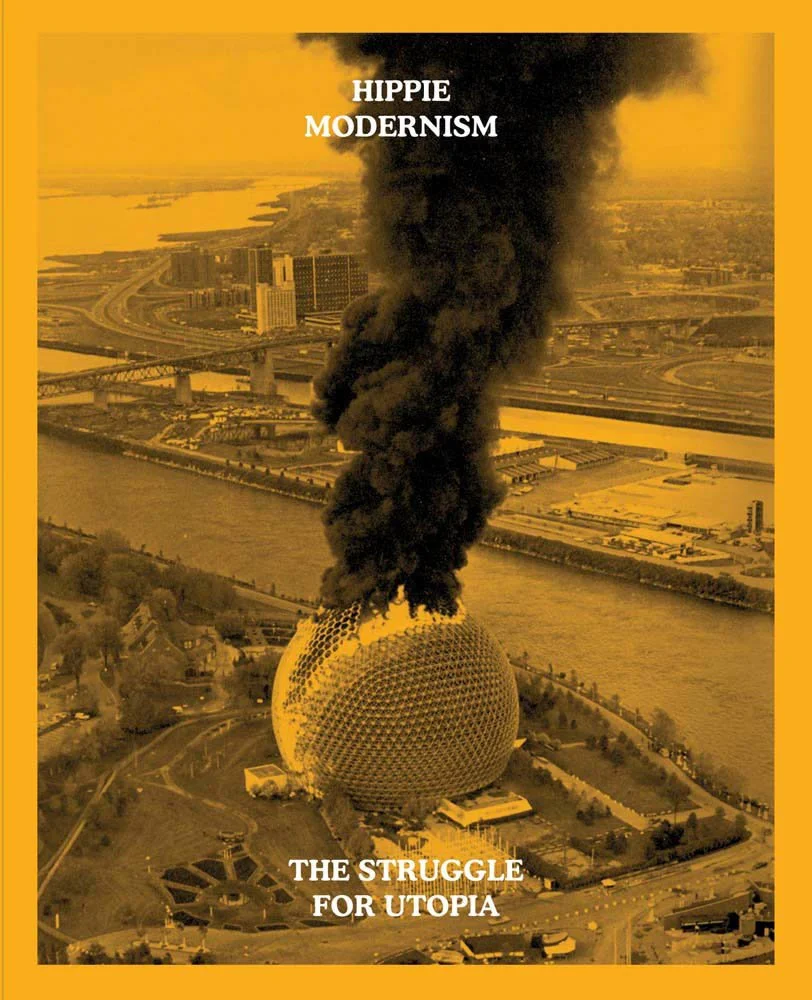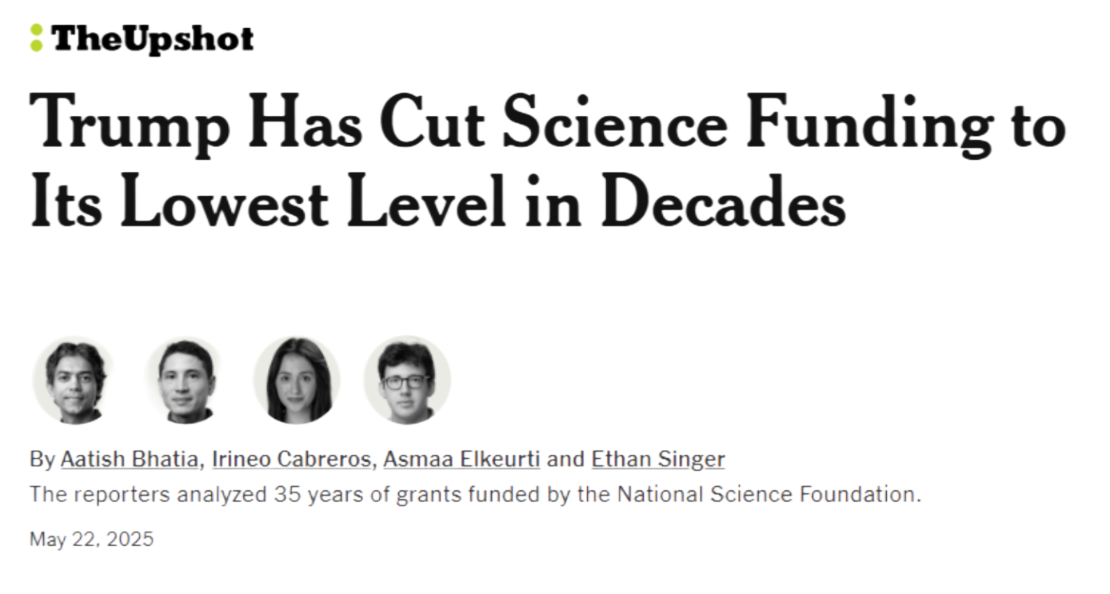
NOTHING NEW TO SEE / YOU KNOW THE REST
As the horrors of the world seem only to become more and more distant and unimaginable to Paloma, a Los Angeles native and college-student studying at FIDM, she struggles to understand her place amongst her community that has now become seriously threatened. Meanwhile, Tawny, a seamstress and single mother, goes about her daily routine until both Tawny and Paloma find themselves crossing paths at a center for plant-based healing — resulting in, for both of them, a powerful wake-up call.
DOCU-FICTION | COMING SOON
WHY A FILM?
As filmmakers concerned with how process informs outcome, we are interested in engaging with subject matter that has been historically approached by those whose interests were, or are, rooted in the pursuit of power and status. When it comes to the subject matter of the psychedelic, the word “psychedelic” already carries with it a set of cultural baggage and misunderstandings that can be attributed to the fraught discourse surrounding these compounds, and the practices associated with them, due to a long history of struggles for power and control.
We are not the first nor will we be the last to make a film about psychedelics. However, the history of representations of the psychedelic is one tainted by both the propaganda traceable to historical events such as The United States’ ongoing War on Drugs and the arguable “failure” of the promises and the optimisms made by 60s counter cultural groups.
We hope that through our research and understanding of the historical significance of these compounds (such as an interest in how the “yippies” became the “yuppies”), our interest in process rather than outcome (how to make a film that in its production does not repeat the violence it aims to critique), and the fact as an independent production we are able to avoid the bureaucracies of a studio, we can make a film that serves a tangible good through raising consciousness about what the “psychedelic” truly is.
Ultimately, we believe that the medium is the message and that film maintains an important role in the culture. Given that the media that we consume tends to be the primary source for how we map and model the world, we believe that a film that thoughtfully engages with the psychedelic experience is a valuable contribution to the greater project of generating a destigmatized and nuanced cultural understanding of these substances.
Fig 1. Cover of: "Hippie Modernism: The Struggle for Utopia" (2015)

WHY US?
Our approach to filmmaking is rooted in research and experience, driven by a personal investment in the potential of these medicines to promote healing and an interest in transforming the internal experience into an image.
We champion process.
By bringing together family members, practitioners, and a crew of open-minded filmmakers, we hope to create a living, breathing document of the psychedelic renaissance which is currently unfolding.
Fig 2. Behind the scenes photo of Julian Barahona Rhi (left) and Cheyenne Terborg (right)





